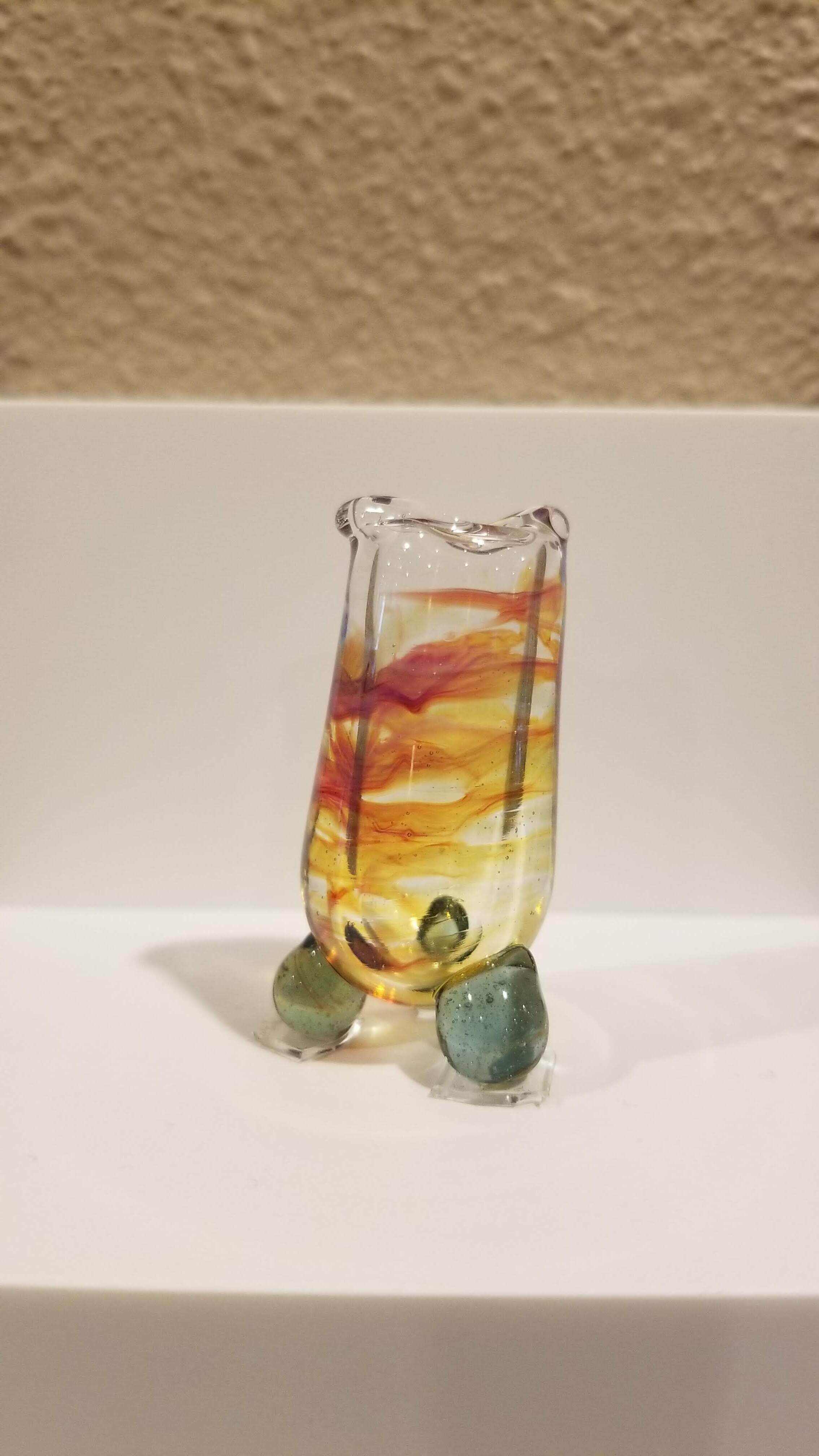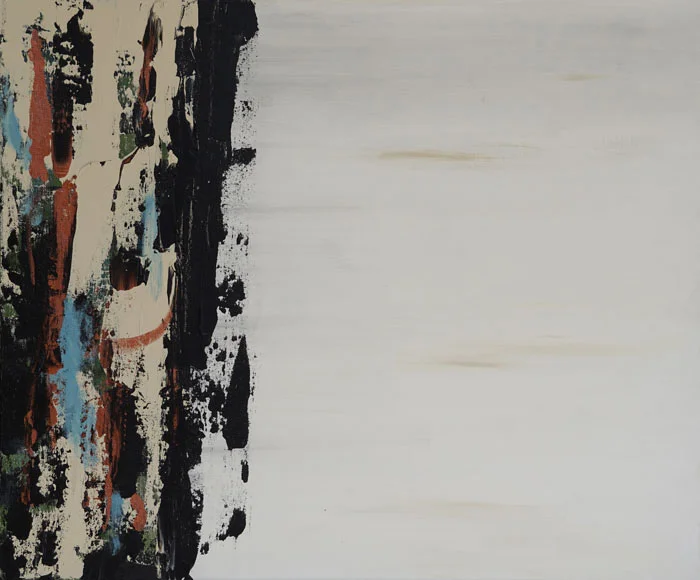One of the great gifts of Life, is that we get to fall in love over and over. It’s like the parable we often refer to as “The Prodigal Son.” We may wander far from home, but we get to return again. Not only that, we get to experience returning home again. We get to feel the waking. We get to feel the turning. We get to feel the excitement of walking into Beauty all over again.
And so it is after 32 years of marriage, when I awake to the mysteries of this man. The man I married cares deeply about planting trees. And not just any trees. He loves trees that grow slowly, trees that he will never see at their most majestic. I find that kind of generosity and hope beautiful. It wakes me and I fall in love again.
And last night, as we were putting away groceries from CostCo, someone noticed with delight that there was a lichen in our packaged mushrooms. And we all gathered around, and we all had to see it, and we all remembered that we are nourished by the earth God made and that we come from the ground and return to it. And I fall in love again. With God. With lichen. With mushrooms that smell like earth. With these dear people.
And yesterday while my daughter and I sat on the front porch falling in love with the wind on our skin, she told me a story. Of when she was younger and feeding the sheep their evening hay. And how she called them into the barn and they came…except for one. So she closed the barn door and went looking for the one that hadn’t come. And she found him, down, unwell, under the trees, too weak to get up, too weak to call for help. And she was the shepherdess, so she bent near to him, scooped him up into her arms and carried him to the barn. And she knew deeply that The Shepherd can never not search for the lost sheep. That He must. That if the sheep can’t cry out, The Shepherd will come anyways. That if the sheep doesn’t know she’s being carried, The Shepherd will carry her anyways. That if the sheep doesn’t know she’s being cared for, The Shepherd cares for her anyways. And I fell in love again with the deep well in this girl and the many mysteries within her.
I know.
There are things to lament.
Truly.
But, we can do both.
What are you falling in love with right now?



















